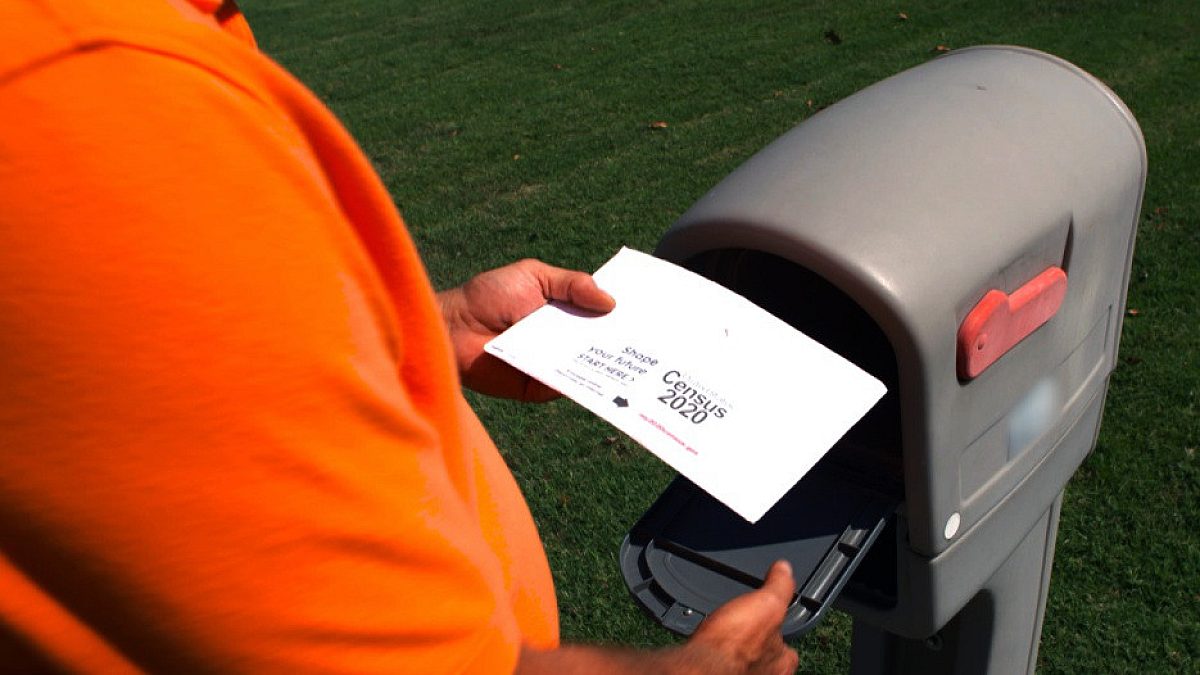Farm and Rural Families Should Stand up and be Counted in the 2020 Census
TOPICS
Rural CommunitiesGuest Author
Special Contributor to FB.org

photo credit: U.S. Census Bureau
Guest Author
Special Contributor to FB.org
The 2020 Census is underway. Participation and leadership from farmers, ranchers and other agricultural leaders is critical, and will have an impact on rural communities for the next 10 years.
Many farmers and ranchers complete other Census surveys, such as the Census of Agriculture, but the 2020 U.S. Census also is important. The U.S. Constitution calls for a complete count every 10 years of everyone living in the United States and its territories, regardless of gender, age, race, ethnic origin or citizenship.
The U.S. Constitution calls for a complete count every 10 years of everyone living in the United States and its territories.
For your community, county and state, census participation is about legislative representation and money. The 2020 Census will determine how the 435 members of the U.S. House of Representatives will be allocated to each state, for the next 10 years. Similarly, many states use Census data as part of legislative redistricting processes.
Each year, $675 billion in federal spending comes back to local communities, counties and states through programs that use census data in determining allocations. They include things like health and medical programs; nutrition assistance and the school lunch program; energy assistance and housing programs. Funds may come back through grants for schools, parks, education and library services, or fire and emergency services. Of course, a big one is funding for highway and road planning and construction. Regardless of how you use the roads – foot, bicycle, motorcycle, car, truck, or horse and buggy – federal money allocated based on the census affects you.
Census data are also factored into allocation of money through various farm bill and USDA programs, including the Supplemental Nutrition Assistance Program. Other rural programs that receive funding based on census data include:
- Rural education;
- Rural business enterprise grants;
- Rural home rental assistance;
- Water and waste disposal for rural communities;
- State wildlife grants;
- Rural housing preservation grants; and
- Hunter education and safety.
Most people already received invitations to participate in the 2020 Census through mailings that began March 12. They can continue to complete the census online at www.2020census.gov, by phone or by mail with a paper questionnaire. To encourage more households to self-respond, the Census Bureau sent a seventh mailing, including a paper questionnaire, in late August to early September, to the lowest-responding communities. Some households also may be contacted by phone or email.
Many households in rural areas with no mail delivery to physical addresses, or those who receive mail at U.S. Post Office boxes or by other means, should have received census forms this summer using a non-contact process called “update leave,” where census staff verified the address and dropped off a census form at the door. Those forms still can be mailed in, but even if the form was lost or misplaced, you can still complete the census online or by phone.
On Aug. 9, Census workers began knocking on doors nationwide to follow up with those who had not yet self-responded by internet, phone or mail. Census takers wear masks and other personal protective equipment and are trained in social distancing.
As of Aug. 30, about 64.4% of people self-responded nationwide and 82.4% of U.S. households have been counted in total. Yet, self-response rates in 13 states or territories remain below 60%. There are rural areas in almost all states – including high-responding states – where response is much lower. To see daily-updated self-response rates down to the local level, visit https://2020census.gov/en/response-rates.html, and to see state totals, see https://2020census.gov/en/response-rates/nrfu.html.
The goal of the 2020 Census is to get a complete and accurate count. Leadership from farmers, ranchers, ag businesses and rural families is essential for rural communities to benefit from the Census for the next 10 years. A few ways you can help are listed below.
- Spread the word to friends, neighbors, employees, and others in your community, that it is important to participate in the 2020 Census.
- Remind others that their participation is essential. Some, especially immigrant farm workers, may be concerned about how information about them will be used. By law, the Census Bureau can’t share or disclose anyone’s individual data with any other organization or agency, including law enforcement and immigration enforcement.
- Self-respond online at www.2020census.gov, by phone at 844-330-2020 (English) from 7 a.m. – 2 a.m. Eastern time, or by mail. Respond online in English or 12 other languages, or receive assistance through language guides and videos available in 59 languages. Or, if a census taker knocks at the door, answer.
Data collection for the 2020 Census ends Sept. 30. Now is the time to stand up and be counted.
This column was provided by the U.S. Census Bureau.
Top Issues
VIEW ALL